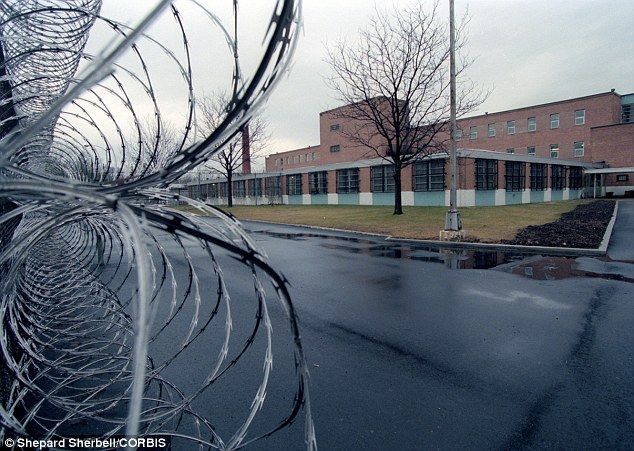
When tate officials announced that the Hocking Correctional Unit in Nelsonville would close at the end of March, budgets were scrutinized.
The state cited high operational costs as the reason for the prison’s closure. As the prison closed at the end of March, the state’s financial burden transferred to the city of Nelsonville.
While open, the Hocking Correctional Unit was the state’s most expensive prison to run at $11 million a year, Grant Doepel, media relations employee for the Ohio Department of Corrections, says.
Other prisons comparable in size and prison population cost about $3 million, and disparities in inmate cost also led the state to decide to close the facility, as Hocking Correctional inmates cost $65.64 each per day, while inmates at comparable facilities cost $20 on average per day.
The Hocking Correctional Unit employed about three times as many employees as the other prisons. A public records request showed the Hocking Correctional Unit had 15 positions not offered at the other prisons the state continued to compare Hocking Correctional Unit to for financial disparities.
The highest paying positions from that list are:
- A chaplain, an individual who performs a variety of religious services, earned $110,000 a year
- An activity therapy administrator earned $90,351 a year
- A laundry coordinator earned $72,790 a year
- A mail clerk earned $63,645 a year
- Two library assistants, each of whom earned $64,323 a year
- “Storekeeper 2” earned $69,049 a year
- Assistant principle earned $113,412 a year
- Correction Captain earned $109,669 a year
- 3 Correction lieutenants earned $92,421 a year
- Labor relations officer earned $105,493 a year
- Safety and health coordinator earned $96,831 a year
- Training officer earned $91,155 a year.
If those 15 positions were cut, the Hocking Correctional Unit could have saved $1.5 million a year.
The Ohio Department of Corrections did not reply to inquiries about why those positions were only at the Hocking Correctional Unit and not at other prisons.
The prison paid the water and sewage bills to the city, giving Nelsonville $350,000 in revenue a year. The facility closure leaves the city of Nelsonville wondering what to due without those funds.
“As we’re prepping our budget, we have to account for that loss,” Nelsonville City Manager Chuck Bargas says.
When Nelsonville city officials found out the prison was going to close, they began prepping layoffs to make up for the loss.
Employees close to retirement were approached first, Bargas says, as the city prepared buyout packages for the employees who would soon pack up their offices.
Personnel shifts may coincide with an increased water rate for Nelsonville residents, Bargas says. While weighing the options, Bargas acknowledged that option would be unfair to citizens.
